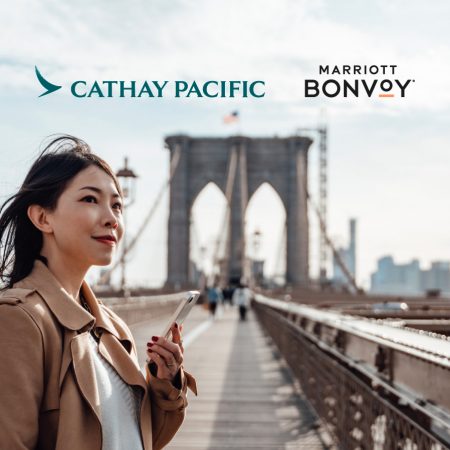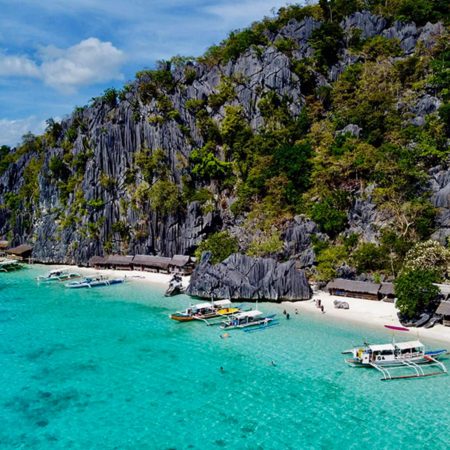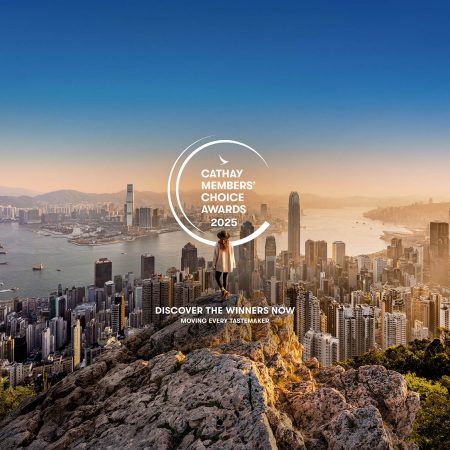
It’s only 10.30am, but Naoko, my guide from tour operator Remote Lands , and I have been sipping wine for the last 20 minutes in the Budo no Oka tasting cellar in Katsunuma – a viniculture region run by a cooperative of Yamanashi winemakers.
There are more than 200 bottles of wine – each bottle already open so we can pour as much as we want into the silver chalices hanging from our necks. It’s a clunky piece of jewellery, but a downright bargain for oenophiles – included with the 1,100 yen (HK$80) admission price to these showrooms of Yamanashi vintages. Naoko hiccups as she pours herself another cupful, this time a delightful Asaya Orange wine, and we both guffaw when I accidentally spill my chalice of Kyoho Pione rosé all over the barrel table and brick floor.
Japanese viticulture may seem new, but Japan’s cultivation of the Koshu grape has a long history that dates back to the Nara period (710-794 AD), when a monk named Gyoki first planted grape seeds in Yamanashi’s Koshu Valley. But Japan’s domestic wine production really got going during the Meiji restoration of the late 1800s when the country opened up to the world, lifting bans on meat like beef and pork and incorporating international exports like coffee and wine into Japanese culture.
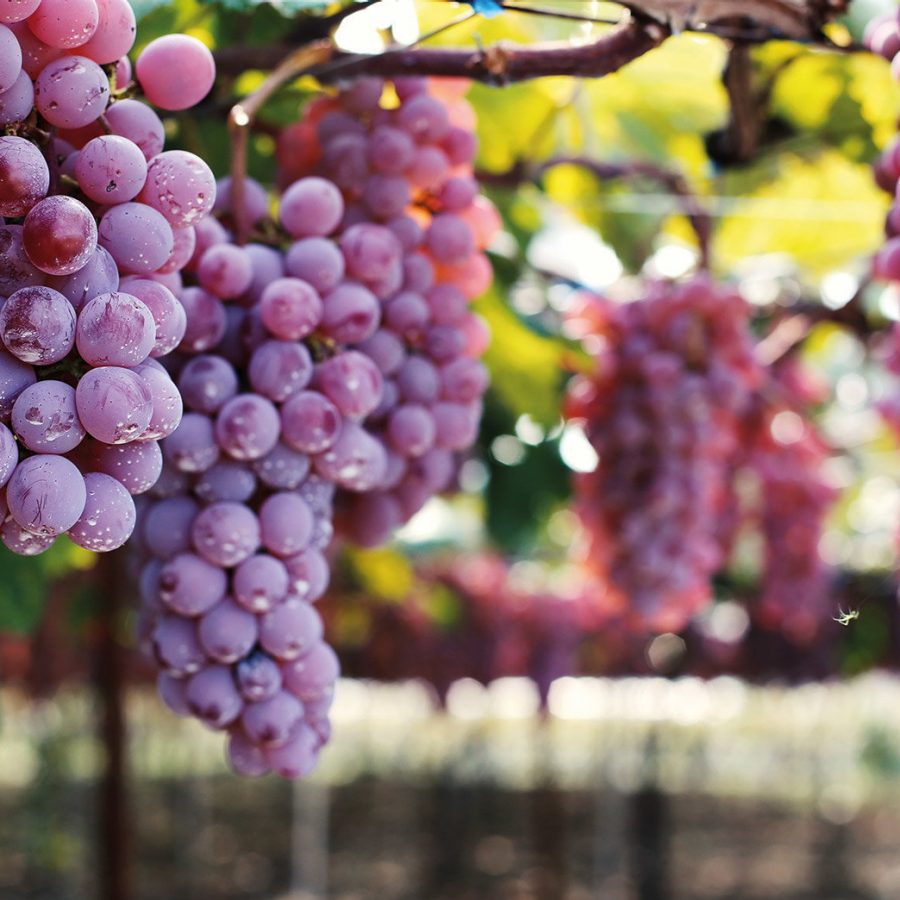
Credit: Koshu Valley
Located two hours west of Tokyo, Yamanashi prefecture is now considered the centre of Japan’s wine country, with the most – and arguably the best – wines in the country. At the heart of the district lies the Kofu basin, a natural fortress surrounded by 3,000-metre ramparts in the form of Mount Fuji to the south, the Japanese Alps to the west and the Okuchichibu Mountains to the north. These topographical defences protect the region from salt-carrying typhoon clouds, limit precipitation and capture sunshine – creating ideal conditions for the grapes to reach optimum sugar content.
Production is nothing to laugh at: 8,600 tonnes of grapes were produced in 2015 alone, accounting for 30 per cent of Japan’s total wine production. Of that, 52 per cent of the grapes are Koshu: a fat, aromatic, white wine grape, noted for its pale straw-coloured wine and fruit-forward notes of citrus, peach and jasmine, which pairs perfectly with the delicate flavours of Japanese cuisine.
But Koshu isn’t the only wine being made here. Locally grown grapes include Chardonnay, Merlot and Cabernet Sauvignon, alongside indigenous varietals like Muscat Bailey A and Koshu Noir, creating an excellent selection of wines that run the gamut from sweet to dry, robust reds to delicate sparkling whites. A few vineyards have also begun to grow European whites and Spanish-style reds in response to competition and climate change, as heat-resistant grapes do well here.
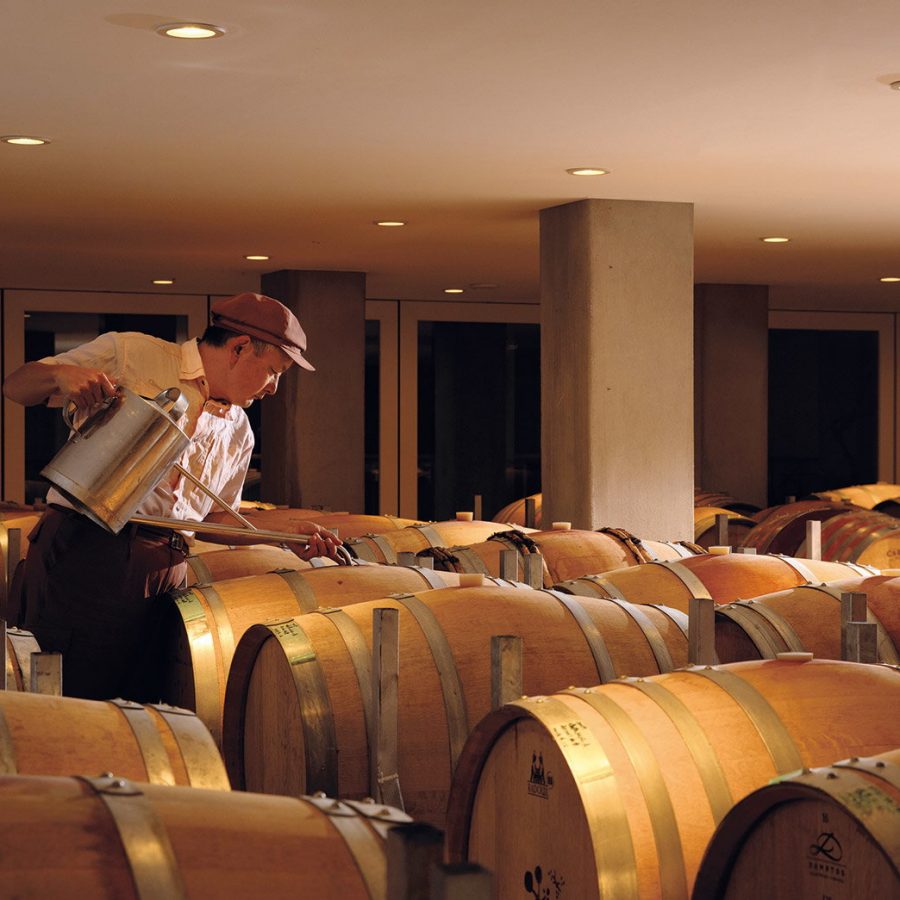
Credit: Chateau Mercian
Another distinguishing feature is the wooden barrels being used, like mizunara – a Japanese oak used to age whisky – which produces some gloriously tangy barrel-fermented wines with nuanced wood notes that make them uniquely Japanese and exciting to taste. And as Naoko and I discover, tasting at the source is especially fun.
Repeat visitors to Japan may have already been introduced to local wine during a kaiseki or teppanyaki meal. And chances are that wine came from Château Mercian : a descendant of the Dainihon Yamanashi Wine Company founded in 1877 as Japan’s first wine company, before a series of mergers and acquisitions led it into the arms of the Kirin Group in 2007. Today it’s making some of Japan’s best whites, with an output of around 500,000 bottles a year, and is an excellent first stop for any Yamanashi wine tour.
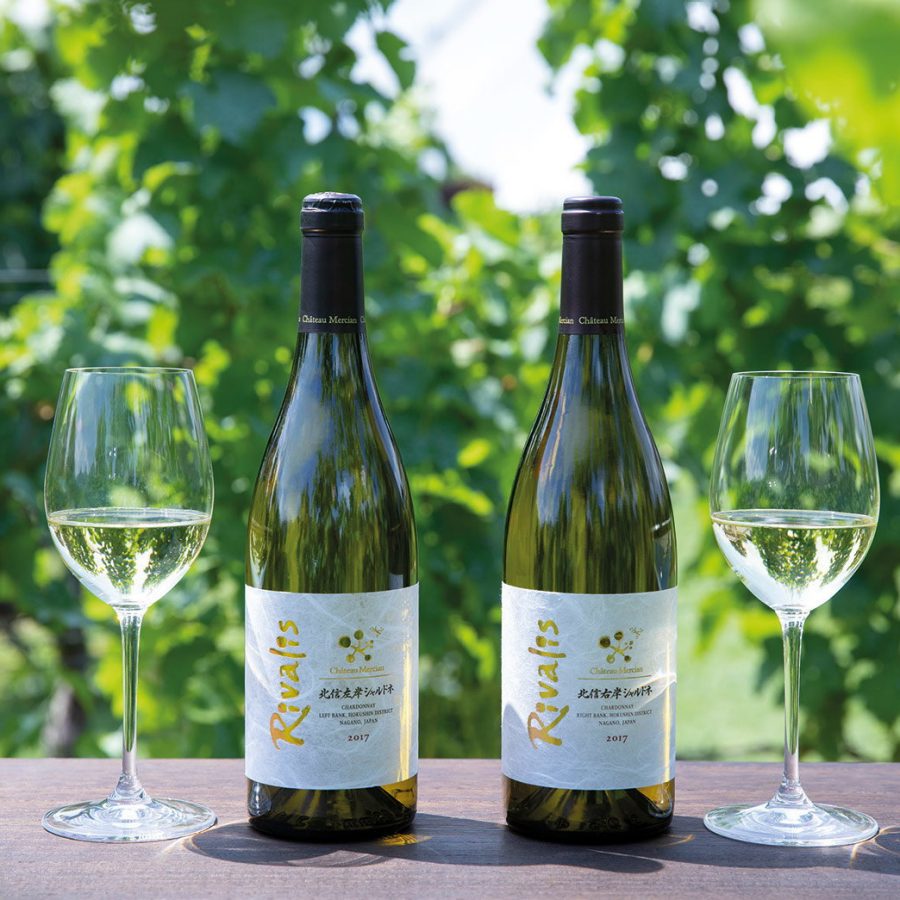
Credit: Chateau Mercian
The original Château Mercian winery is in Kikyogahara, in neighbouring Nagano prefecture, and was joined by the new Château Mercian Mariko in September. But the flagship winery is in Yamanashi’s Katsunuma region, where an airy tasting room and cafe is as elegant and modern as anything you’ll find in the Napa Valley or Burgundy, replete with bespectacled wine sniffers and a sprawling green lawn scattered with umbrella-shaded tables and halcyon views of those guardian mountains. More importantly, their wines encompass an enormous range, from oaky Chardonnays to fresh and light Koshus. There’s also an onsite wine museum for those who want to learn more about Japan’s wine history.
Yamanashi has more than 60 vineyards, so it’s important to plan your route ahead of time. Handily, most of the big vineyards have fixed opening hours so you can drop in without appointments. Highlights for me included MGVs , a super hipster winery located in a former nitrogen gas plant turned industrial-chic showroom. It opened in April 2018 and uses liquid nitrogen gas to prevent grape juice from oxidising.
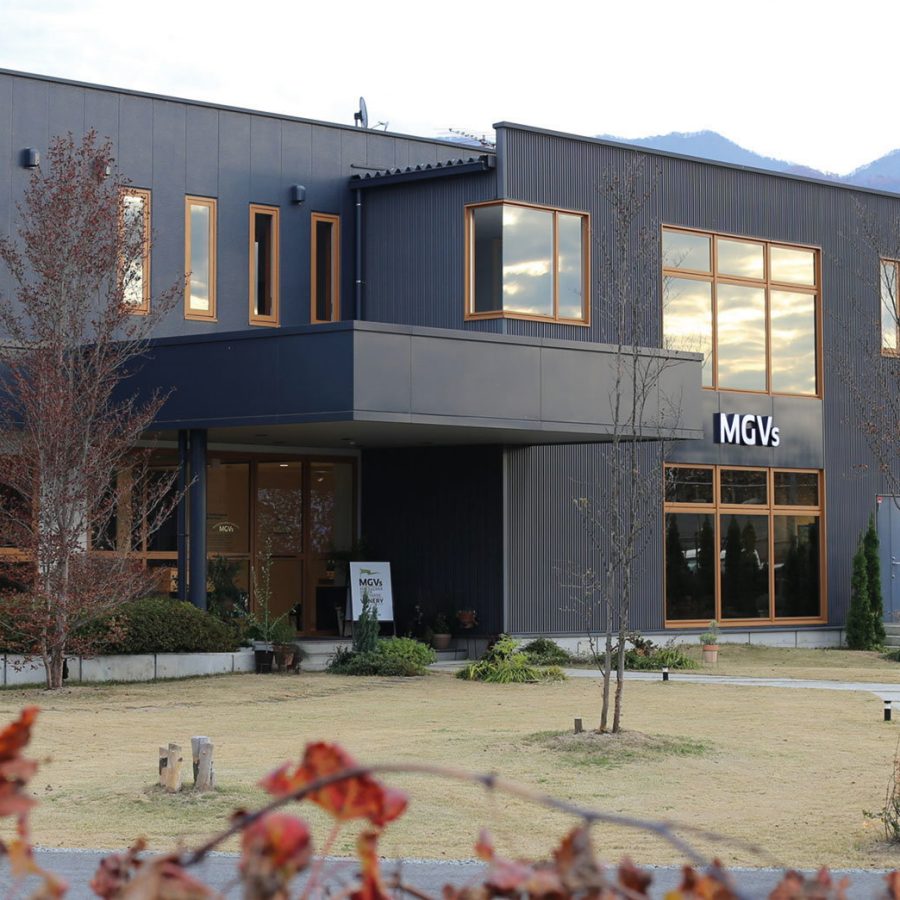
Credit: Koshu Valley
Another favourite is Marufuji Winery , run by silver fox and fourth generation winemaker Haruo Omura, who’s wearing a white jumpsuit and oversized black spectacles as he escorts Naoko and I through his vineyards. Omura-san leads us to his lovely tatami tasting room, where we remove our shoes to sample a flight that includes the Rubaiyat Chardonnay, with nutty balanced tones of oak, followed by a refreshing barrel-aged Koshu the colour of autumn corn, and finally his 2016 gold-medal winning Domaine Rubaiyat, an assemblage of Bordeaux varietals including Petit Verdot.
Naoko and I nurse the last ruby drops in our glasses then stumble to our chauffeured car, each of us toting several bottles we’ve nabbed along the way. During the drive back to the hotel, we watch the copper ball of sun sink, leaving a residual peachy glow across the snowy summit of Mount Fuji. ‘Nightfall is the enemy of day drinking,’ Naoko muses, as the blue hour morphs into inky darkness. I turn to her, trying to muster up some profound quote about how life is too short for bad wine, but can think of nothing. So I just hiccup instead.
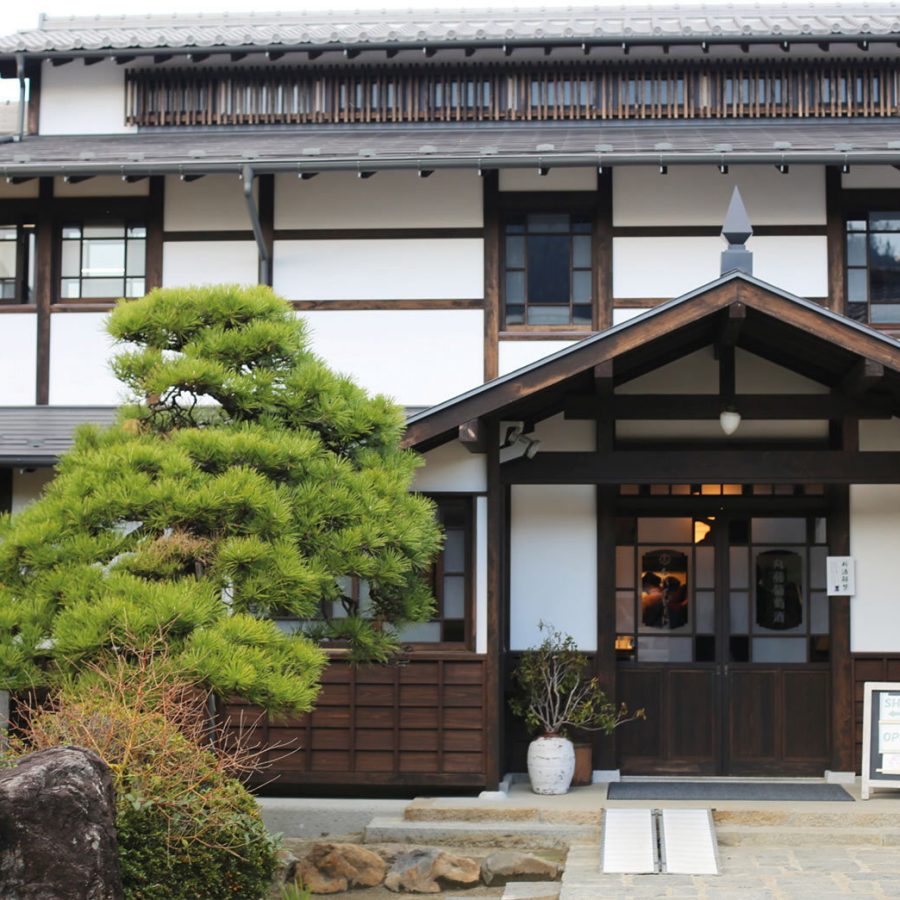
Credit: Koshu Valley
Sip and Stay in Yamanashi Wine Country
Remote Lands
This New York and Bangkok-based tour operator offers customised tours of Yamanashi Wine Country, with a fleet of knowledgeable, English-speaking Japanese guides.
Château Mercian
Contemporary architecture and a bright, airy tasting room draw wine tasters to the house of Japan’s first winery , with a cafe and spacious green lawn.
Marufuji Winery
An elegant winery producing Koshu and European varietals with a tatami mat tasting room.
Credit: Chateau Mercian
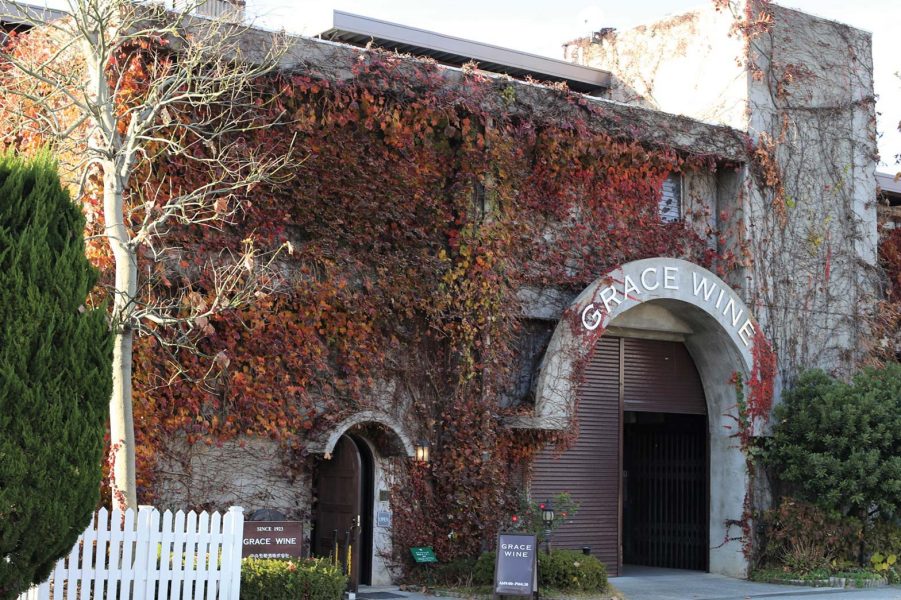
Credit: Koshu Valley
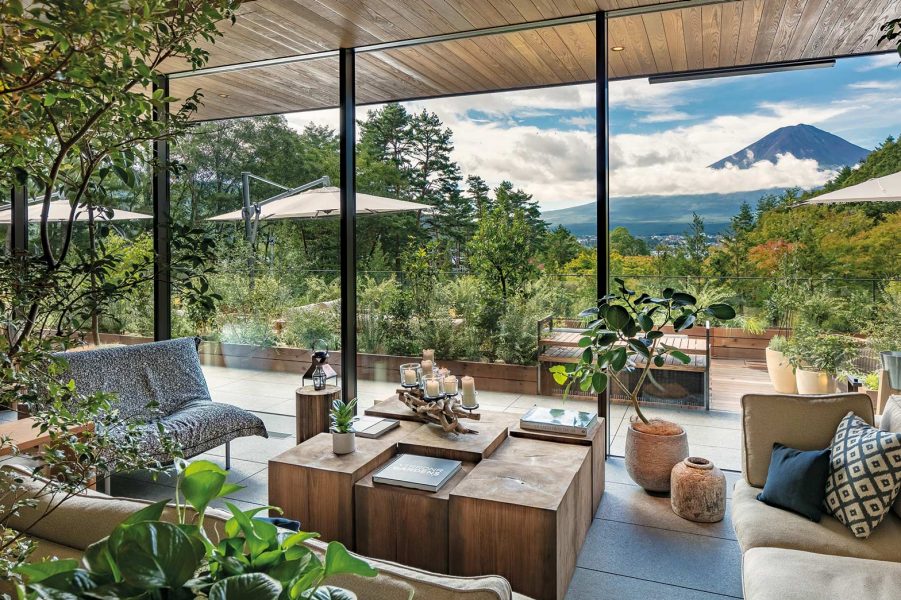
Credit: Stirling Elmendorf
Grace Wine
This winery was founded in 1923; current winemaker Kazuo Misawa has played an important role in promoting, protecting and exporting Koshu grape wines.
Hottarakashi Onsen
This rustic hilltop outdoor onsen is the place for a post-sip dip, with a collection of pools and baths offering killer views of the surrounding Kofu basin.
Fufu Kawaguchiko
Opened in late 2018, this 32-room hotel overlooking Yamanashi’s Lake Kawaguchi has views of mist-shrouded Mount Fuji that would make Hokusai jealous. The staff speak English and are able to suggest local Japanese wines to match Chef Masayoshi Hoshino’s theatrical kaiseki meals.
More inspiration
Tokyo travel information
- China – the Chinese Mainland, Hong Kong SAR, Macao SAR and Taiwan Region
- Hong Kong SAR - English
- Chinese Mainland (China) - English
- Taiwan, China - English
- 香港特別行政區 - 繁體中文
- 中国內地 - 简体中文
- 中國台灣 - 繁體中文
- Africa
- South Africa - English
- Asia
- Bangladesh - English
- Korea - English
- Singapore - English
- Cambodia - English
- 한국 - 한국어
- Sri Lanka - English
- India - English
- Malaysia - English
- Thailand - English
- Indonesia - English
- Maldives - English
- ประเทศไทย - ภาษาไทย
- Indonesia - Bahasa Indonesia
- Myanmar - English
- Vietnam - English
- Japan - English
- Nepal - English
- Việt Nam - tiếng Việt
- 日本 - 日本語
- Philippines - English
- Australasia
- Australia - English
- New Zealand - English
